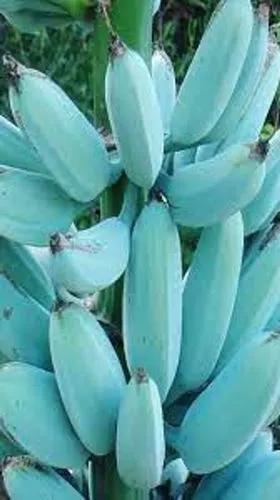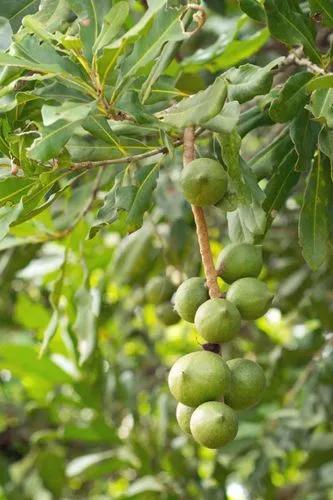Large tubular flowers resembling a mouth with dark red lips and a velvety interior that is often overflowing with nectar bloom only at night and are visited by bats and hummingbird moths. The subsequent hard, woody, sausage shaped fruit is 2 to 4 feet in length and can weigh eleven to twenty-two pounds. A full size tree can reach 55 to 60 feet making it a spectacular central point in the landscape.
Sausage Tree Care
Kigelia Africana



The most interesting thing about growing Kigelia sausage trees are the blossoms and resulting fruit. The blood-red flowers bloom at night on long, ropy stalks that dangle from the limbs of the tree. They release an unpleasant aroma that bats find very appealing. This odor draws in the bats, insects, and other birds to feed on the nectar rich blooms which are in turn pollinated by the animals. The fruit, actually a berry, droops down from the long stalks. Each mature fruit may grow up to 2 feet long (.6 m.) and weigh up to 15 pounds (6.8 kg.)! The common tree for Kigelia comes from the look of the fruit; some say they look like large sausages dangling from the tree. The fruit is fibrous and pulpy with many seeds and is toxic to humans. Many types of animals enjoy the fruit including baboons, bushpigs, elephants, giraffes, hippos, monkeys, porcupines, and parrots. Humans also ingest the fruit but it must be specially prepared either by drying, roasting or most commonly fermenting into an alcoholic beverage somewhat like beer. Some native people chew the bark to treat stomach ailments. The Akamba people mix the juice of the fruit with sugar and water to treat typhoid. The wood of the sausage tree is soft and burns quickly. The shade of the tree is also often the site for ceremonies and leadership meetings. For both reasons, it is seldom cut for wood or fuel.
How to Care for the Plant

Water

Average amount of water

Fertilizer

Tropical Sausage Trees enjoy a well drained, general potting mix easily found at your local box store. Remember try to stay away from arid or wet, mucky soils.

Sunlight

At the nursery these trees are grown under 20-40% shade cloth. If you plant this tree in a brightly lit area you may experience leaf burn. It is best to acclimate this plant to its environment by keeping it outside and slowly moving it into a sunny area over a week or two to avoid stress before planting.

Soil

Tropical Sausage Trees enjoy a well drained, general potting mix easily found at your local box store. Remember try to stay away from arid or wet, mucky soils.

Container

All tropical tree varieties grow well in containers, indoors or on the patio. Smaller varieties grow best in 12″ to 16″ diameter pots while larger varieties need enough room for growth, generally a 16″ to 30″ diameter, 14 ” deep container will suffice. Remember the looser the roots, the taller and healthier your tree will be. When the tree becomes root bound its growth will slow, at that point it is time for a larger pot.

Popularity

150 people already have this plant 42 people have added this plant to their wishlists
Discover more plants with the list below
Popular articles






